CONTINUED FROM TODT HILL PART 1
This huge elm stands atop, or near, the ancient Burbanck family gravesite at Four Corners and Todt Hill Roads. Most large, older elms were killed by Dutch Elm Disease, so this one is a survivor. How old can it be? Perhaps a century old.
And in this corner
Four Corners Road ascends from Richmond Road in Dongan Hills NW to its junction here at Todt Hill Road. It’s one of the steepest and most arduous climbs by foot in NYC and not many choose to make it that way. Like many other NYC roads it is named for a community, Four Corners, that it does not approach. Four Corners is now known as Castleton Corners; the “four corners” likely being those formed by Victory Boulevard and Manor Road. The road is so-called since it intersects with Todt Hill Road which, before the construction of the Staten Island Expressway, ended at Victory Blvd. just a couple of blocks from the center of Four Corners.
Remembrance of thugs past
Has a White House replica been built at Four Corners and Todt Hill Roads? A nearby Benedict Road house resembling this one belonged to Mafia capo Paul Castellano, who was killed on orders from rival John Gotti in a classic rubout at Sparks Steak House in December 1985. Castellano is now in Moravian Cemetery (see below). It was for sale in summer 2006.
Francis Ford Coppola filmed scenes of The Godfather‘s daughter’s wedding nearby at a mansion on nearby Ocean Terrace in the early 1970s.
Flights of fancy
The 2000 AIA Guide to New York City ignores Todt Hill, but the 1988 edition says: “House (embellished in sgraffito) and garage, each occupying a separate trapezoidal white stuccoed prism, linked by a wood-clad tube. Apparently, to some people this out-of-the-ordinary design signifies “home.”
From 1975 comes this house originally by architect Charles Azzue. The “…sharply pitched roof lines initially set this house apart from its subdued Todt Hill neighbors. Other strident designs have since been built nearby…the house was designed by its builder, who is known locally for many dramatic ‘modern’ works.”
I think they’re being a bit harsh here…I’m not a fan of the style-free Fedders boxes that are springing up like dandelions, but these modern structures do have a distinct imagination at play. But where are the windows?
As we’ve said Todt Hill Road takes multiple twists and turns. One of them necessitates a now-rare yellow Cyclops flashing warning light.
Thank you, Teresa: this new Todt Hill entry harks back to the old Victorian-era spired turret look.
History in street names
From the 1600s to the end of the American Revolution, Todt Hill was known by the Dutch name Yserberg (Iron Mount) for its exceptional iron resources. Evidence of iron mining on Todt Hill dates to 1644, but it is known that intensive mining took place between 1832 and 1881. In 1832, Walter Dongan granted Warmaldus Cooper permission to mine the land at the intersection of Ocean Terrace and Todt Hill. Business boomed in 1865 when iron ore was discovered in the serpentine rock that stretches from the Kill Van Kull to Fresh Kills. Because the iron lay close to the surface, it could be extracted with relative ease. By 1881, more abundant sources had been found in the west, and mining activity on Staten Island slowed. nycgovparks.org
Ernest Flagg (1857-1947) was one of NYC’s most prolific architects. Among his creations were the Singer Tower in lower Manhattan (1908-1968) as well as the expansive Flagg Court complex on Ridge Boulevard in Bay Ridge, Brooklyn. Flagg once believed that staten Island would become NYC’s premiere borough (he was hardly prescient about that) but it prompted him to build his huge estate, Stone Court and Cooperflagg Estates (remembering the name of the land’s original iron miner), on the scarp separating Todt Hill from the neighborhoods below it along Richmond Road. Many of the buildings are now landmarked while others are part of St. Charles Seminary.
The Dead Hill
You will not find the word “todt” in the modern Dutch dictionary, not at least in the context of “dead” or “death.” The modern Dutch words are different. Yet, “Todt Hill” is most often said to mean “dead hill” or “death hill” using a regional or archaic Dutch term, and the most likely story is that the hill itself is named for 113-acre Moravian Cemetery at the bottom of the hill at Richmond Road. However, the road can be found as “toad hill” on some old maps, which is likely merely an English bowdlerization.
However, Moravian Cemetery was established in 1842 and the term Todt Hill is much older. Actually, there have been burials at what would become Moravian for over 250 years and Staten Island’s formost scientist and historian of his era, William T. Davis, in 1930 discovered headstones here going back to 1740. Before incorporating as Moravian Cemetery, it was known as “The Congregation Ground.”
Moravian, the Green-Wood of Staten Island, is the premier cemetery in the borough and its gravestones read like a Staten Island gazzeteer. Painter Jasper Cropsey, Eberhard Faber of the pencil manufacturing family, Herman Melville’s brother Thomas (who ran Snug Harbor from 1867-1884), famed photographer Alice Austen, and the aforementioned William T. Davis and Charles Leng, Staten Island historians extraordinaire. Martin Scorsese has purchased a plot here.
In the back of Moravian Cemetery is the adjoining private plot of the Vanderbilt family, featuring a massive tomb high enough on Todt Hill to be seen from approaching ships in Upper New York Bay. It was constructed in 1885 by the foremost architect and landscaper of their time, Richard Morris Hunt and Staten Islander Frederick Law Olmsted.
Anna Martling (1770-1815) and the poignant inscription on her stone. Many stones in Moravian were not originally here but were moved from now-defunct burial grounds (Staten Island once had over 75 cemeteries, both public and private, but now there are only a couple of dozen.
Cornelius McLean’s 1815 stone.
The present United Brethren’s Church was built in 1844 and replaced the older 1763 building behind it, which remains in use as Moravian Cemetery’s administration office.
Photographed August 19, 2006; page completed August 27.

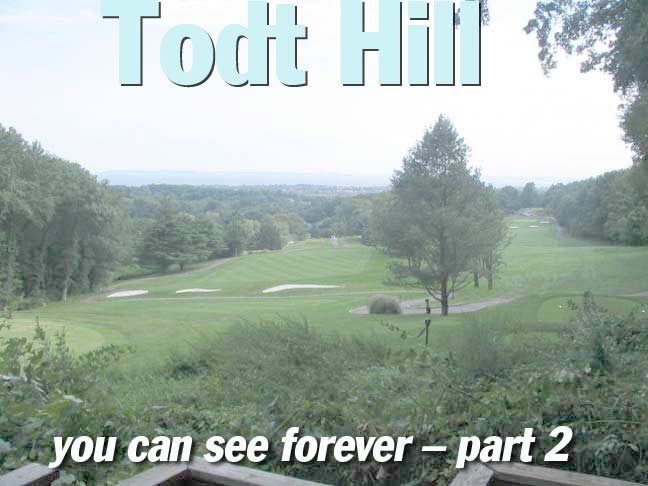












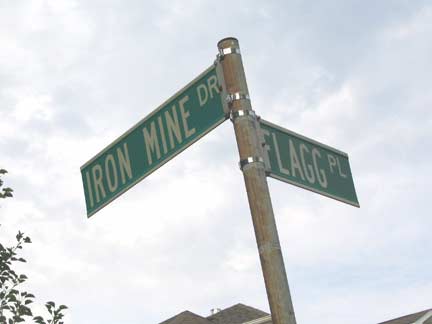
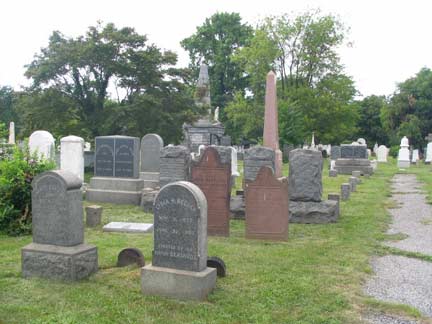


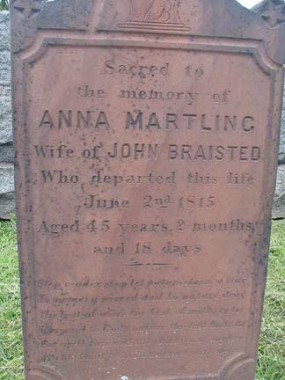

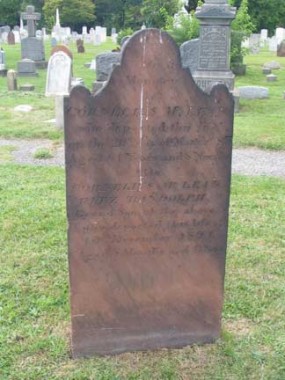


1 comment
The 1844 New Dorp Moravian Church and it’s 1763 predecessor must be the most glaring omissions from The Landmark Preservation Commission’s Landmarks imaginable.